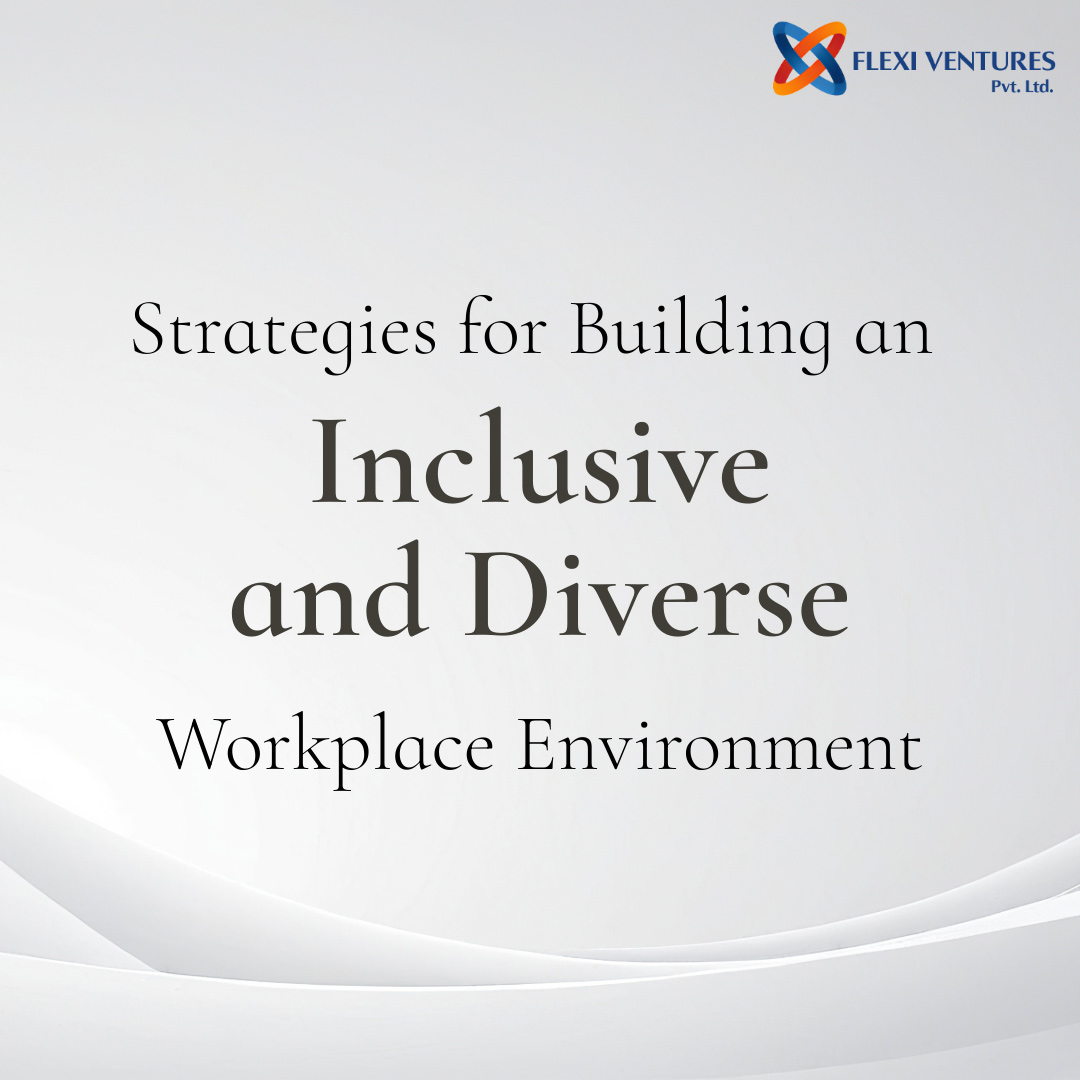It’s widely recognized that diversity and inclusion are crucial for business success. Research shows that diverse teams are more innovative, quicker at problem-solving and that employees in inclusive environments are generally happier and more productive. In today’s uncertain landscape, diversity is not just a buzzword; it’s a strategic advantage.
However, with 61% of employees admitting to hiding parts of themselves at work, many organizations fail to fully harness their diverse teams’ potential. It’s not enough to simply include different voices; individuals must feel empowered to share their unique perspectives.
So, how can we cultivate an inclusive workplace culture that celebrates diversity and benefits both individuals and organizations?
Here are our top 7 strategies for fostering an inclusive workplace:
Understand Why Inclusion Matters
Recent cultural shifts around diversity and inclusion, fueled by movements like “Me Too” and “Black Lives Matter,” have brought these issues to the forefront. The COVID-19 pandemic has further amplified discussions about work-life balance and well-being, leading employees to expect greater recognition as individuals.
To meet these expectations, organizations must adopt a holistic approach to diversity and inclusion that goes beyond legal requirements. This includes recognizing factors such as cultural background, caregiving responsibilities, and socio-economic status, which all influence how individuals engage at work.
To fully harness the potential of a diverse workforce, it’s essential to create an inclusive culture that allows employees to bring their authentic selves to work, fostering psychological safety and valuing their unique contributions.
Celebrate Diversity, Don’t Just Tolerate It
To foster a truly inclusive workplace, organizations must move beyond mere tolerance and actively celebrate diversity. While many companies have diversity and inclusion policies, they often fail to address the pressure employees may feel to conform to a culture that doesn’t fully embrace differences, which undermines inclusivity.
To create a culture of inclusion, seek out diverse perspectives, encourage participation, and welcome challenging viewpoints. Make it clear that differences are accepted and celebrated as essential to the organization’s value.
Get Leadership Buy-In
Leaders play a crucial role in shaping company culture and direction. Teams with inclusive leaders are 17% more likely to consider themselves high-performing, 20% more likely to report making high-quality decisions, and 29% more likely to collaborate effectively. For an inclusive workplace culture to thrive, inclusive leadership is essential.
Achieving this may require educating leaders on the importance of inclusion, investing in training, offering coaching, and creating a safe space for open discussion of challenges and concerns. Since inclusion can be a sensitive topic, leaders must recognize its significance and integrate it as a core aspect of their leadership approach.
Facilitate Conversation
Building an inclusive workplace culture is a collective effort, not just a leadership responsibility. Employees in inclusive teams are 10 times more likely to be satisfied, 11 times more likely to be effective, and 4 times less likely to leave their jobs. It’s vital to help team members understand the significance of inclusion.
While education and training are important, informal conversations play a crucial role as well. Unconscious bias can lead us to connect only with those similar to ourselves, limiting our appreciation for diversity. Encourage social opportunities for colleagues to interact across teams, create safe networks for discussing sensitive topics, and foster conversations on how individuals can be effective allies to one another.
Support Employee Advancement
Discussions about diversity often focus on increasing representation of marginalized groups, particularly in leadership roles. These conversations can be complex, with debates around quotas and discrimination. However, the emphasis should be on leveraging diverse experiences and perspectives, which drive innovation and productivity. Sometimes, the most qualified candidate is the one who offers a unique background rather than a conventional one.
Recognizing that individuals need varying types of support to reach their full potential is essential. Since not everyone starts from the same place, organizations should prioritize equity over equality in employee development to fully harness the benefits of diversity.
Show Public Support
Workplace culture is shaped not only by internal practices but also by the values an organization publicly upholds. For instance, if a company claims to support the LGBTQIA+ community but prevents employees from posting about Pride on LinkedIn, it undermines efforts to create an inclusive environment. While it’s not necessary to support every cause or change your logo each month, it’s important to thoughtfully consider how your organization presents itself.
Consider creating a cultural calendar to highlight diverse events, publicly recognize various religious or cultural observances, and align charitable contributions with your company’s values. Your public actions are visible to both clients and employees, so expand your definition of an inclusive workplace and actively support the communities that matter to your team.
Commit to Challenging Conversations
While inclusion is crucial, it’s not always easy to achieve. Some individuals within an organization may not understand the importance of diversity or may feel that uplifting diverse voices threaten their own. Building a truly inclusive workplace means being willing to engage in difficult conversations.
It’s essential to recognize why inclusion matters—both for people and businesses—and commit to action. Be ready to advocate for inclusion, even when it’s uncomfortable or when the path forward isn’t the simplest. Championing diversity requires persistence and courage.
Final Thoughts
There you have it—our top 7 strategies for cultivating an inclusive workplace culture. If you’re looking for support in discussing diversity and inclusion within your organization, don’t hesitate to reach out. We would be delighted to assist you!

